Sneak preview of Transport Fever 2
If you’ve ever thought you would be better at fixing transport woes than all the experts, here is your chance.
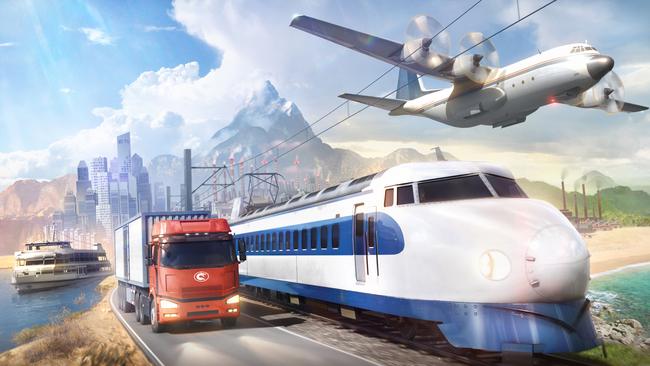
Gaming
Don't miss out on the headlines from Gaming. Followed categories will be added to My News.
Who hasn’t stood on a railway station platform cursing another delayed train or pondering the existential mystery of how buses are either non-existent or all arriving at once?
A new transport tycoon game to be released later this year will give gamers everywhere a chance to try their hand at fixing those problems.
Transport Fever 2 is being developed by UrbanGames and published by Good Shepherd Entertainment as a sequel to the cult 2016 hit Transport Fever and is slated for release on PC later this year.
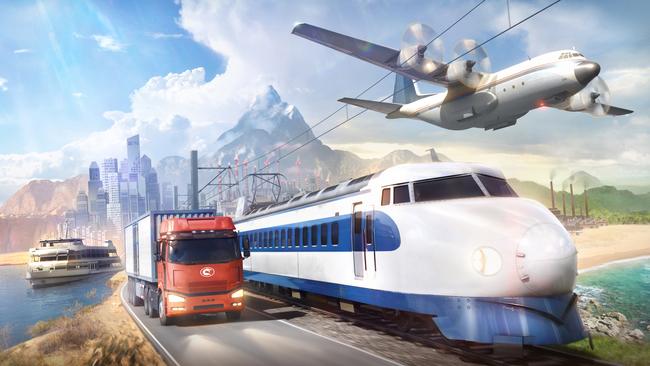
The developers recently held an exclusive worldwide reveal of the sequel on-board a historic passenger train in Berlin, hauled by a Cold War-era “Ludmilla” diesel-electric locomotive formerly in service with Deutsche Reichsbahn, the East German state railway company.
The setting was an ideal complement to the game that puts the player in charge of a monolithic transport company responsible for all aspects of passenger and cargo transport on a large map full of towns
Unlike most transport games, which tend to focus on just one method of conveyance (usually trains), Transport Fever 2 covers everything — passenger buses, cargo trucks, ferries, ships, aeroplanes and yes, trains.
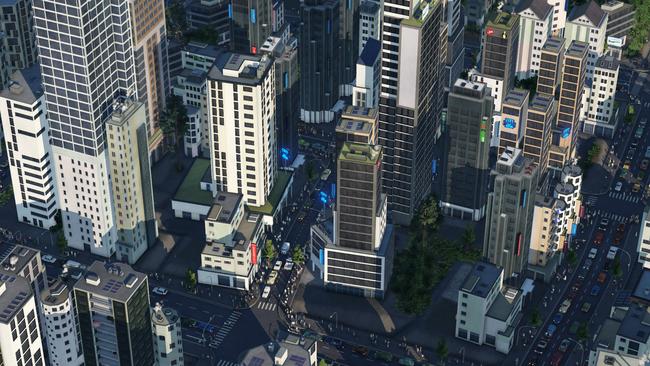
UrbanGames founder and CEO Basil Weber said Transport Fever 2 was influenced by the 1994 Microprose game Transport Tycoon and was developed after taking on board player feedback from the previous game, Transport Fever, which was a hit in Central Europe.
The version of Transport Fever 2 playable at the launch was still in development, but even in its early stage, the game grabbed my attention and gave some insights into just how detailed the full game is shaping up to be.
The first campaign mission in the game takes place in the US west during the Gold Rush era and introduces all the key concepts such as building railway lines, stations and depots; along with setting up passenger and cargo wagon routes.
At first it was rather complex, but once I got the hang of it, it all made sense and proved surprisingly versatile, allowing for some fairly involved routes and options.
As with most transport games, the idea is to connect towns to each other as well as vital industries such as a forestry plantation with a sawmill to create timber that can then be sold for a higher price.
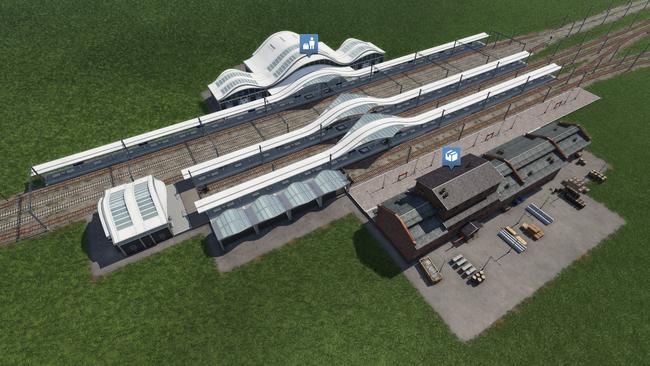
What the range of transport options puts on the table is how to best achieve this — a train might be able to carry the most cargo, but is it worth the expense of putting a line all the way out beyond the black stump, or would a road and freight trucks be a better option?
It’s not just long-distance stuff either; you essentially run the public transport for every town on the map too — so building a ferry terminal isn’t going to help anyone much unless there are wagons or buses or trams connecting the suburbs to the ferries.
There are more than 200 vehicles in the game, most of which are representations of real-world ships, trucks, trains and aeroplanes. Broadly speaking, the vehicles are divided into US, European, and Russian/Asian categories, and available vehicles will change by era, too, as do the visuals of the cities.
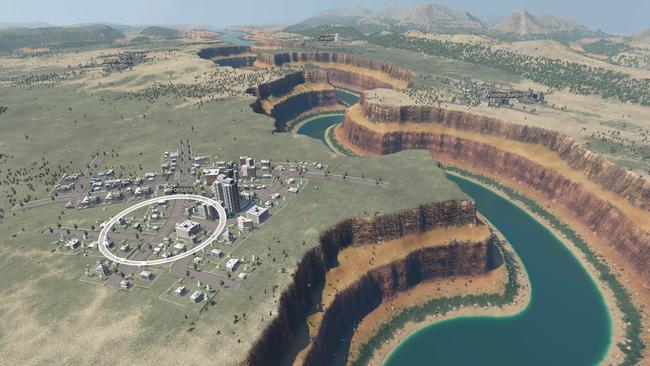
Various buildings you can construct are modular, too — allowing you to expand cargo hubs, railway stations and airports with more facilities as they become available.
The game will also include a powerful and highly customisable world editor, letting players create their ideal map to play on, with three terrains available at launch — temperate (Central-Western Europe), dry (think US Southwest) and tropical (self-explanatory).
The towns and cities were surprisingly complex from what I saw — they were divided into suburban, commercial and industrial areas, and the public transport needs had to service all of them, ensuring people could get to work or the shops.
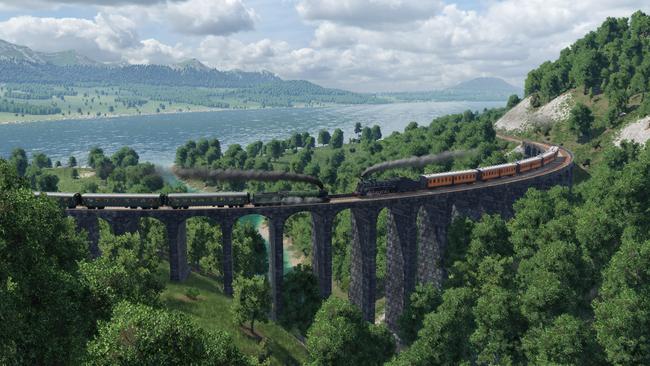
Even in the development stage, the game looked amazing — you could zoom right down to street level, and even see individual passengers in the windows of vehicles.
The major reservation I have about the game is the possibility it’ll be too complex, and a lot of that will come down to how the user interface is implemented and how the on-screen instructions convey the information in the release version of the game. There was still some work to be done in those areas — understandable given the unfinished state of the game as demonstrated — so hopefully the developers will be taking some of the feedback in that area on board as the release date approaches.
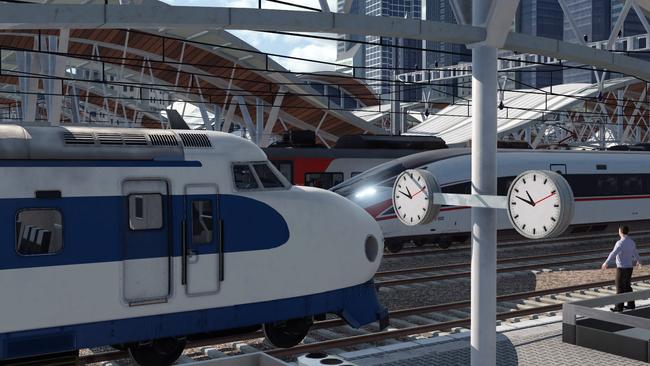
From my time with the game it was clear there was a lot going on under the bonnet, and as someone with a fondness for tycoon and simulation games, I can’t wait to get into the driver’s seat on this one when it releases in a few months.
The author attended the game launch as a guest of Good Shepherd Entertainment.
Continue the gaming and technology conversation on Twitter @RoyceWilsonAU
Originally published as Sneak preview of Transport Fever 2


